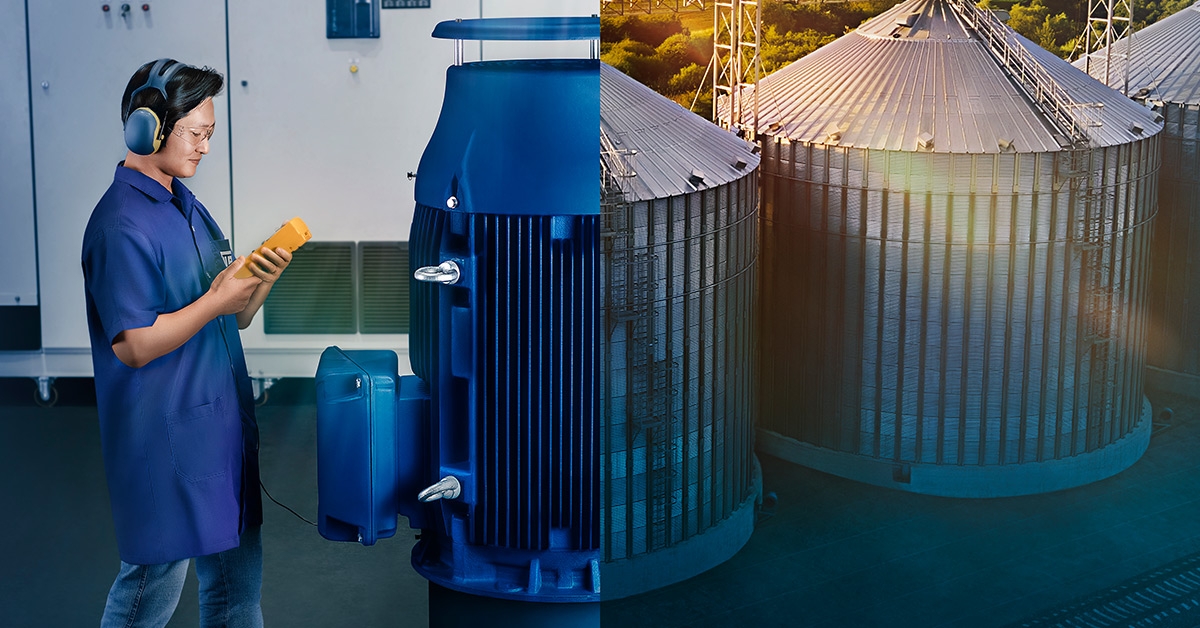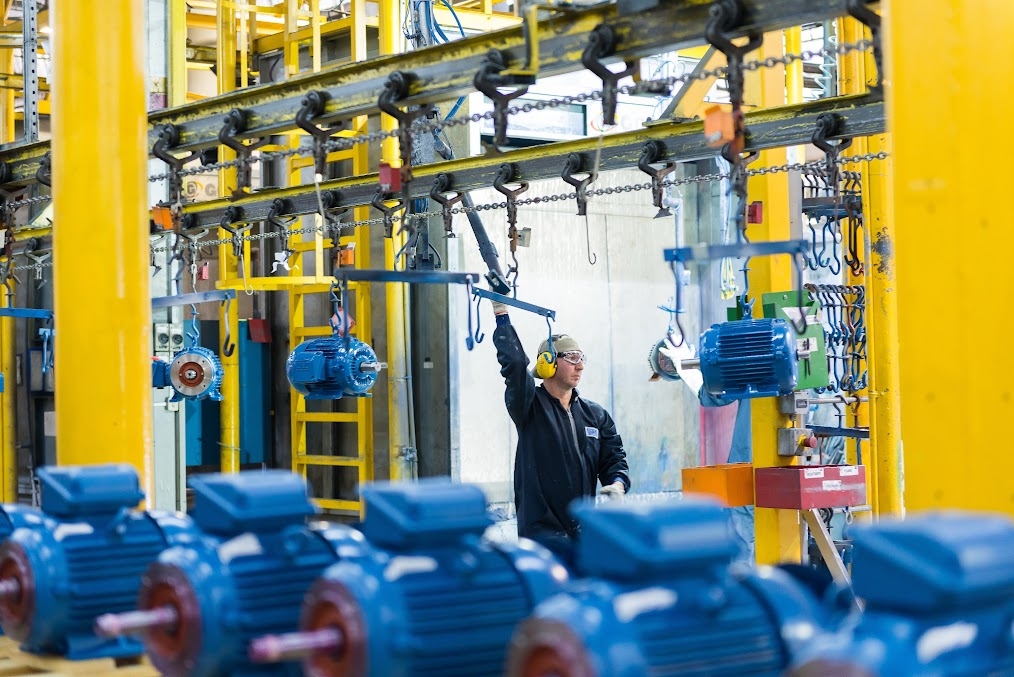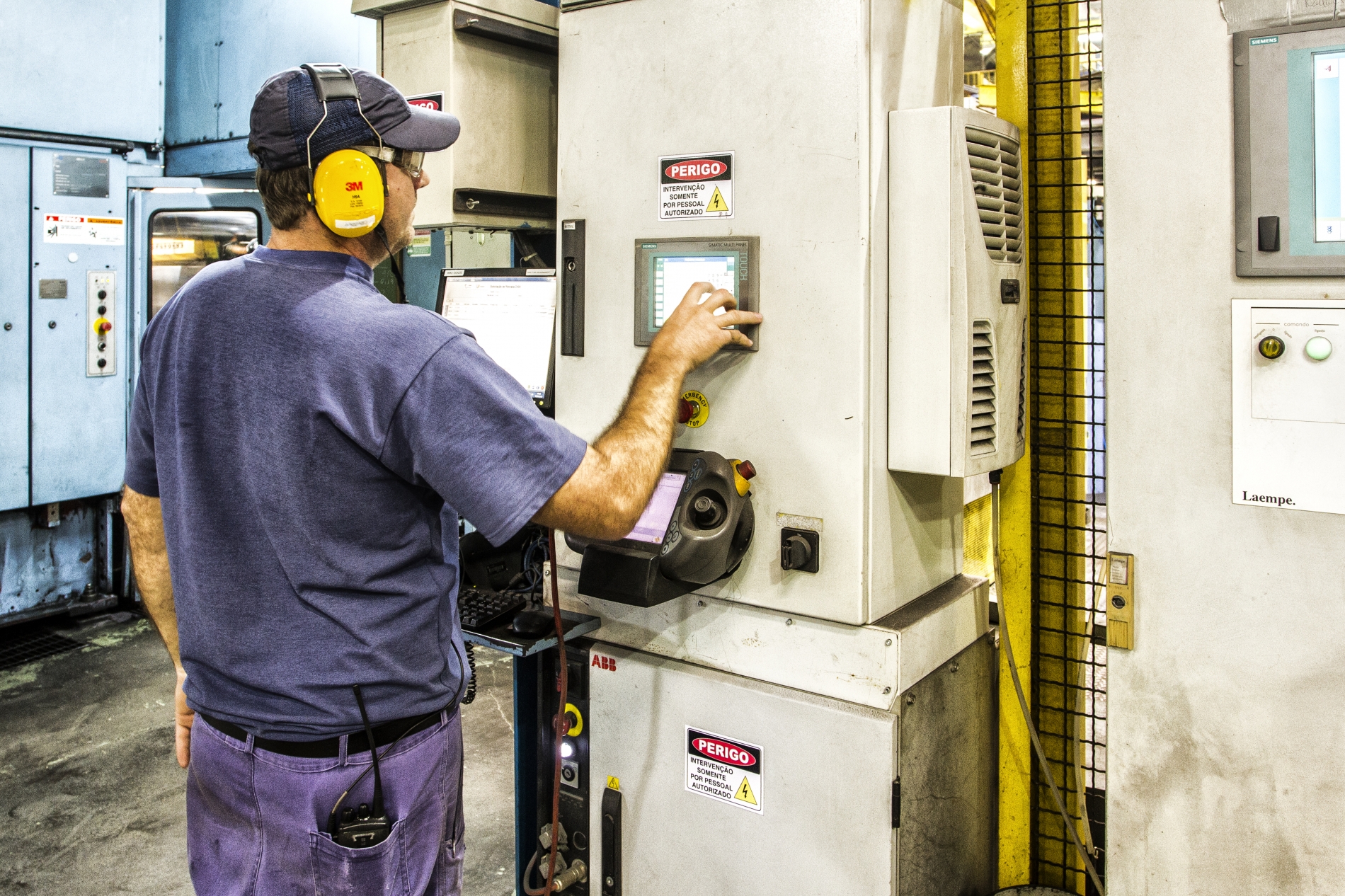
VJ Pamensky (WEG Canada) understands that in industrial settings, electric motors are the heartbeat of automation systems. For project managers overseeing operations in sectors such as mining, food processing and energy, maximizing the lifespan and performance of OEM electric motors is not just about reliability–it's about bottom-line results. A strategic approach to motor maintenance is essential to avoid unplanned downtime, extend equipment life, and ensure energy efficiency.
OEMs design and build complete machines, and the motor is just one part of the bigger system. Their main focus is on how the whole machine runs, not the ongoing care of individual parts like the motor. That’s why regular maintenance is usually up to the customer or a trusted motor repair shop.
Routine maintenance is far more than a box-checking exercise–it’s a vital part of ensuring long-term operational stability. Reactive fixes often lead to higher repair costs, extended downtimes and reduced energy efficiency. Proactive maintenance, on the other hand, allows project managers to detect minor issues before they become costly failures. Implementing proper operations and maintenance practices can reduce industrial equipment failures by 30%.
By implementing a structured maintenance program, organizations benefit from:
Improper lubrication and misalignment are two of the most common causes of premature motor failure. Here are some best practices to integrate into your routine:
VJ Pamensky provides access to technical support and resources to help clients ensure that motors are maintained according to exacting OEM standards.

Predictive maintenance tools such as vibration analysis and thermal imaging allow project managers to identify wear patterns, imbalance and overheating before they impact performance.
These monitoring strategies are particularly valuable in remote or high-duty cycle operations, where real-time performance data supports timely interventions.
Motors that aren’t properly maintained consume more energy due to increased resistance, friction and inefficiencies. Over time, this not only inflates energy bills, it also increases carbon emissions–a concern for companies pursuing sustainability targets. Electric motor systems account for nearly 70% of industrial electricity consumption globally, highlighting the importance of efficient motor use.
Routine maintenance helps reduce power losses, supporting both operational cost savings and green initiatives.

To maximize uptime and equipment ROI, project managers should develop and adhere to a structured maintenance schedule tailored to their specific applications. A good maintenance plan should include:
For facilities with in-house maintenance teams, an Installation Operation Manual (IOM) is often provided by the motor manufacturer, offering clear guidance for maintaining electric motors in line with original equipment specifications.
VJ Pamensky’s expertise in electric motor solutions can assist in aligning maintenance practices with OEM specifications for optimal performance.
Explore VJ Pamensky’s motor solutions to build your long-term asset reliability plan.
A comprehensive motor maintenance strategy is a key pillar of industrial automation success. Whether you're managing facilities in Toronto or Ashburn, aligning maintenance practices with OEM standards can lead to fewer breakdowns, lower energy costs and longer motor lifespans.
Have questions or need tailored support? Contact VJ Pamensky today.